Congestion in multinational ports leads to higher surcharges
- Author:Esther
- Source:souhangwang
- Release Date:2020-09-07
Recently, Roger Storey, general manager of CF Sharp Crew Management, a Philippine seafarer dispatch company, revealed that more than 40 ships sail to the Port of Manila in the Philippines for seafarer changes every day, which has caused serious congestion in the port.
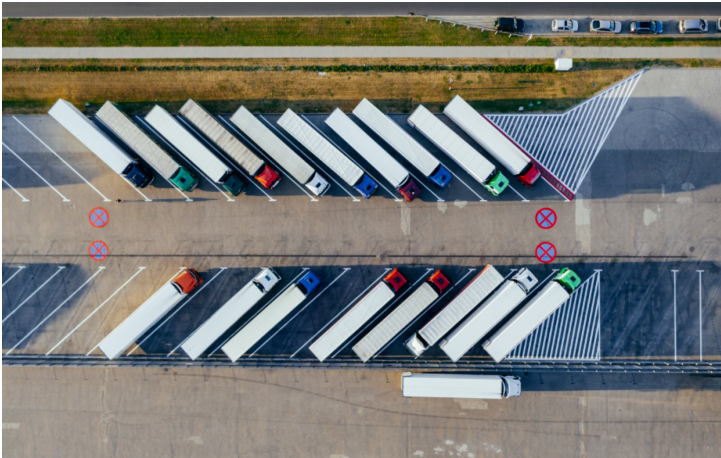
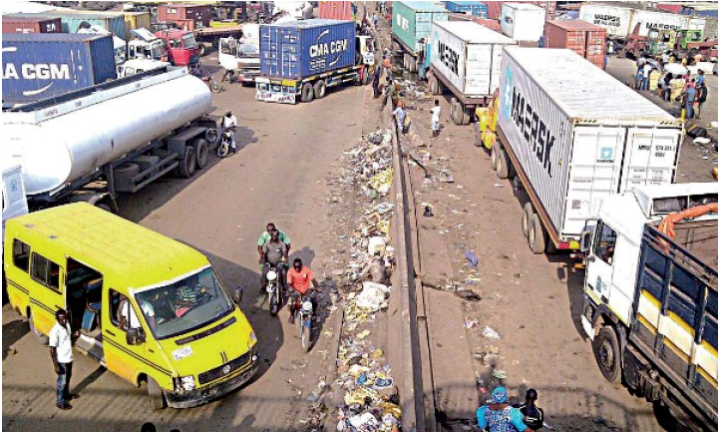
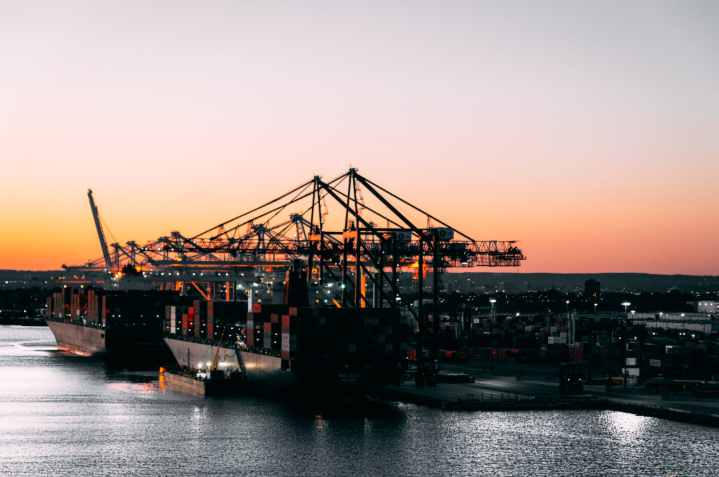
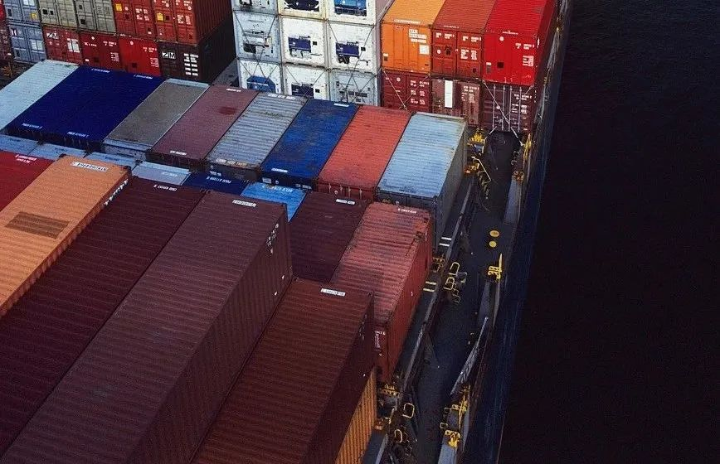
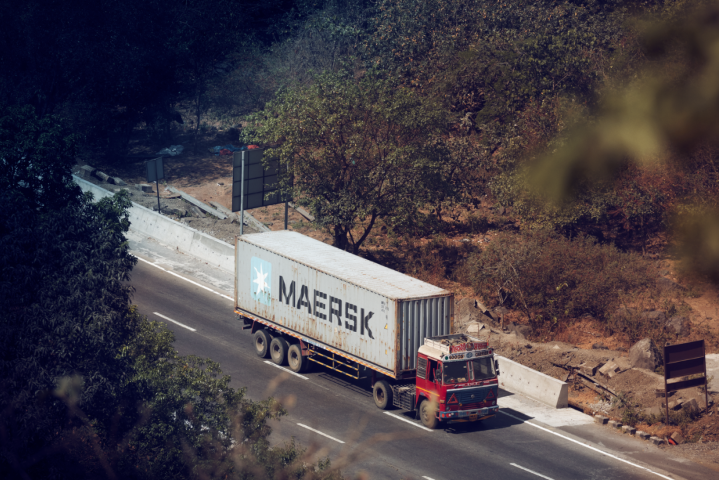 、
、
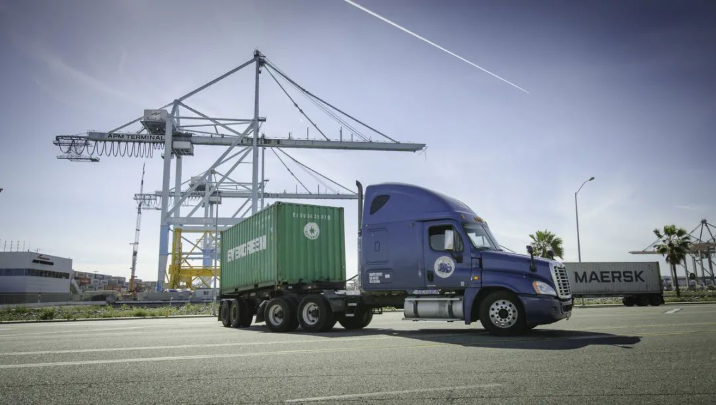

However, not only Manila, but some ports are also in congestion. The current congested ports are as follows:
1. Los Angeles port congestion: truck drivers or strike
Although the peak holiday season in the United States has not yet arrived, sellers are trying to prepare for the November and December shopping months in advance, and the momentum of the peak freight season has begun to appear, and port congestion has become increasingly serious.
August is usually the peak month for maritime transportation. With the increase in the volume of shipments, the shipping space is now bursting, trailers are tight, and container dumping is serious, and ocean freight is continuing to increase.
It is understood that many of Amazon's goods are now backlogged in Los Angeles warehouses, and the processing center is overloaded.
Some people familiar with the matter said that due to the large number of cargo sent to Los Angeles by sea, the port and terminals were congested and the demand for truck drivers exceeded demand.

Due to the large amount of cargo and few drivers, the current supply and demand relationship of Los Angeles trucks in the United States is extremely imbalanced. The freight rate of long-distance trucks in August has soared to the highest in history.
To make matters worse, the American Trucking Association (ATA)'s Intermodal Automobile Carriers Chamber (IMCC) filed a lawsuit against foreign shipping companies for "illegal actions".
Bill Sullivan, ATA's executive vice president in charge of publicity: "These shipping companies prevent truck drivers from choosing equipment suppliers in ports and inland areas, and require truck drivers to use specific chassis, which forces American truck drivers And American consumers have subsidized nearly $1.8 billion in the past three years alone."
Sullivan said: "This situation must end. After several attempts to reach a mutually beneficial solution, we are now asking FMC to solve this problem. Otherwise, the truck drivers will plan a strike."

2. Los Angeles small shipper: surcharge increased to 5000 US dollars
According to a JOC.com report, the Los Angeles Railroad Bureau wrote in its August 27 consultation to the Interoperability Marketing Company (IMC): “The Pacific Union sees an increase in demand for domestic container shipping capacity.
In an effort to increase capacity to achieve a predetermined base load, we have increased the surcharge for customers who ship standard and total MCP in the Los Angeles market. "
Effective August 30, Union Pacific Railroad will increase the excess contract cargo surcharge for small carriers in Los Angeles to US$5,000, and the surcharge for all other domestic carriers to US$1,500.
According to the UP price list obtained by JOC.com, the combined transport price from Los Angeles to Atlanta, Dallas and Chicago will exceed $7,500 in the spot market in early September, and the surcharge for small shippers will exceed $10,000.
In an effort to increase capacity to achieve a predetermined base load, we have increased the surcharge for customers who ship standard and total MCP in the Los Angeles market. "
Effective August 30, Union Pacific Railroad will increase the excess contract cargo surcharge for small carriers in Los Angeles to US$5,000, and the surcharge for all other domestic carriers to US$1,500.
According to the UP price list obtained by JOC.com, the combined transport price from Los Angeles to Atlanta, Dallas and Chicago will exceed $7,500 in the spot market in early September, and the surcharge for small shippers will exceed $10,000.

UP also assessed a $500 surcharge for excess cargo outside Northern California and will levy similar charges in Seattle starting September 6.
3. Manila port congestion: more than 40 ships per day
Recently, Roger Storey, general manager of CF Sharp Crew Management, a Philippine seafarer dispatch company, said in an interview with shipping media IHS Maritime Safety:
At present, there is serious traffic congestion in the Port of Manila. There are more than 40 ships sailing to Manila every day for seafarer changes. The average waiting time for ships exceeds one day, which has caused serious congestion in the port.
If the schedule is tight, it will become infeasible for seafarers to call at the Port of Manila, because the average stay of the ship may exceed two days even when the weather permits. Therefore, shipowners and charterers must consider possible commercial impacts.
Recently, Roger Storey, general manager of CF Sharp Crew Management, a Philippine seafarer dispatch company, said in an interview with shipping media IHS Maritime Safety:
At present, there is serious traffic congestion in the Port of Manila. There are more than 40 ships sailing to Manila every day for seafarer changes. The average waiting time for ships exceeds one day, which has caused serious congestion in the port.
If the schedule is tight, it will become infeasible for seafarers to call at the Port of Manila, because the average stay of the ship may exceed two days even when the weather permits. Therefore, shipowners and charterers must consider possible commercial impacts.

According to the ship dynamic information provided by IHS Markit AISLive, there were 152 ships in Manila Port on August 28, and another 238 ships were arriving.
From August 1st to 18th, a total of 2,197 ships arrived. A total of 3,415 ships arrived in Manila Port in July, up from 2,279 in June.
From August 1st to 18th, a total of 2,197 ships arrived. A total of 3,415 ships arrived in Manila Port in July, up from 2,279 in June.
4. Congestion in the port of Lagos: 50 days waiting for ships
Dynamar releases regional reports throughout the year. The team’s latest West African analysis shows that traffic congestion, especially in Nigeria’s ports, is still continuing, but stakeholders are busy blaming others instead of developing solutions.
The service has been transferred from the port of Apapa in Lagos to a port 1,500 kilometers south of Lagos in Pointe-Noire, Republic of Congo, and then transferred back to Nigeria.
Dynamar’s senior shipping analyst and consultant Vardy said: “It is reported that the waiting time for ships in the port of Lagos has reached fifty (50) days. Side.": No one clears customs, the port becomes a warehouse, and the port of Lagos is heavily congested!
Dynamar releases regional reports throughout the year. The team’s latest West African analysis shows that traffic congestion, especially in Nigeria’s ports, is still continuing, but stakeholders are busy blaming others instead of developing solutions.
The service has been transferred from the port of Apapa in Lagos to a port 1,500 kilometers south of Lagos in Pointe-Noire, Republic of Congo, and then transferred back to Nigeria.
Dynamar’s senior shipping analyst and consultant Vardy said: “It is reported that the waiting time for ships in the port of Lagos has reached fifty (50) days. Side.": No one clears customs, the port becomes a warehouse, and the port of Lagos is heavily congested!
 、
、The Nigeria Port Authority (NPA) accused the APM terminal, which operates the Apapa terminal in Lagos, of lacking container handling equipment, which caused the port to backlog cargo.
Earlier, the Guardian interviewed relevant workers at the Nigerian terminal and learned:
In Nigeria, the terminal fee is about US$457 and the freight is US$374, while the local freight from the port to the warehouse is about US$2050.
An intelligence report from SBM also showed that compared with Ghana and South Africa, goods shipped from the EU to Nigeria are more expensive.
According to the “Guardian”, the ultimate solution to the traffic congestion problem in West Africa in Nigeria must be the cooperation of regulatory agencies with liner operators and terminals, as well as those agencies that seek solutions through customs and other procedures.
Earlier, the Guardian interviewed relevant workers at the Nigerian terminal and learned:
In Nigeria, the terminal fee is about US$457 and the freight is US$374, while the local freight from the port to the warehouse is about US$2050.
An intelligence report from SBM also showed that compared with Ghana and South Africa, goods shipped from the EU to Nigeria are more expensive.
According to the “Guardian”, the ultimate solution to the traffic congestion problem in West Africa in Nigeria must be the cooperation of regulatory agencies with liner operators and terminals, as well as those agencies that seek solutions through customs and other procedures.

5. Algeria: Port congestion surcharge changes
In early August, Bejaia port workers went on a 19-day strike, and the strike has ended on August 20. However, the current ship berthing sequence at this port is severely congested between 7 and 10 days, and has the following effects:
1. Delay in the delivery time of the vessel arriving at the port;
2. The frequency of empty equipment reinstallation/replacement is affected;
3. Increase in operating costs;
Therefore, the port stipulates that ships destined for Béjaïa from all over the world need to submit a congestion surcharge, and the standard for each container is 100 USD/85 Euro. The application date starts on August 24, 2020.
In early August, Bejaia port workers went on a 19-day strike, and the strike has ended on August 20. However, the current ship berthing sequence at this port is severely congested between 7 and 10 days, and has the following effects:
1. Delay in the delivery time of the vessel arriving at the port;
2. The frequency of empty equipment reinstallation/replacement is affected;
3. Increase in operating costs;
Therefore, the port stipulates that ships destined for Béjaïa from all over the world need to submit a congestion surcharge, and the standard for each container is 100 USD/85 Euro. The application date starts on August 24, 2020.
6. The crew was diagnosed with the new crown: once called Qingdao Port, Shanghai Port, Ningbo Port
On August 25, Hapag-Lloyd announced on its official website that two of its crew members on the container ship "SOFIA EXPRESS" with a capacity of 8,600 TEU had tested positive for nucleic acid at the Port of Vancouver.
It is reported that the container ship "SOFIA EXPRESS" is Hapag-Lloyd's deployment on the Pacific North Loop 4 (PN4) route.
According to the data of the large sailing schedule, the "SOFIA EXPRESS" vessel once called Qingdao Port, Shanghai Port and Ningbo Port.
As of 21:00 on August 27th, the vessel, which was supposed to depart on the 25th, was still at anchor. The berthing of the "Sofia Express" vessel in Vancouver had been postponed due to the congestion of the terminal before calling in, but fortunately the cargo handling operation has been completed.
On August 25, Hapag-Lloyd announced on its official website that two of its crew members on the container ship "SOFIA EXPRESS" with a capacity of 8,600 TEU had tested positive for nucleic acid at the Port of Vancouver.
It is reported that the container ship "SOFIA EXPRESS" is Hapag-Lloyd's deployment on the Pacific North Loop 4 (PN4) route.
According to the data of the large sailing schedule, the "SOFIA EXPRESS" vessel once called Qingdao Port, Shanghai Port and Ningbo Port.
As of 21:00 on August 27th, the vessel, which was supposed to depart on the 25th, was still at anchor. The berthing of the "Sofia Express" vessel in Vancouver had been postponed due to the congestion of the terminal before calling in, but fortunately the cargo handling operation has been completed.

The epidemic situation abroad is still spreading, and the congestion situation in ports of various countries is severe. We hereby remind foreign trade forwarders to pay attention to it in time to avoid unnecessary losses.
